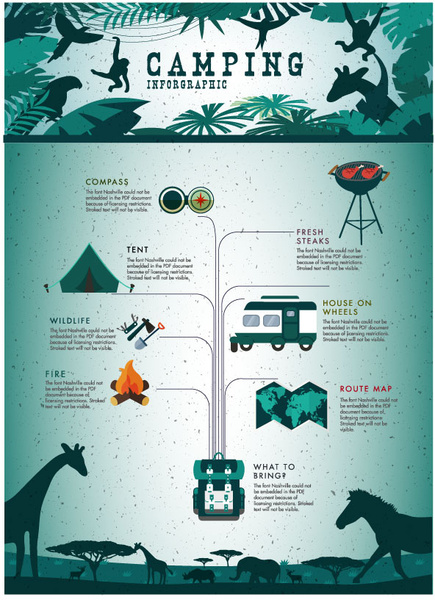Yes, wall outdoors tents use a fantastic outdoor camping experience in the backcountry. Nevertheless, winter outdoor camping can be challenging in severe conditions.
The trick to effective winter season camping is insulation. Insulation quits warmth transfer and traps body warmth inside. Insulation materials must include both air pockets and reflective abilities. These are best for camping tent wall surfaces and roof coverings.
Construct a Snow Windbreak
Using snow itself to produce a barricade versus the wind can aid shield your tent from damage and chillier air. Make the wall surface high adequate to quit the winds yet not too high so it doesn't topple over on itself. This is a fun method to embrace the spirit of winter season camping and will likewise add a bit a lot more insulation to your outdoor tents.
The area of your camp website plays an important role in tent insulation also. Search for a location that has an all-natural wind break like thick trees or hedges. These locations will certainly catch cozy air inside and stop it from surprising.
Insulation is any kind of product that stops or slows heat transfer, so it is very important to utilize it anywhere feasible. Camping tent wall surfaces are especially vulnerable to warmth transfer and need to be covered in the most effective insulation you can locate. This will certainly maintain the cool air from entering your outdoor tents and stop temperature from getting away.
Place a Bivvy Sack on Your Sleeping Bag
Winter season camping is a difficulty but it doesn't have to be unbearably cold. By utilizing a couple of straightforward hacks to protect your camping tent, you can prevent freezing fingers and wintry air through the night.
Insulation jobs by quiting or reducing warm transfer. To do this, the material should be breathable adequate to allow water vapor generated by your body to travel through it.
One of the most efficient insulation materials are made from a combination of woollen, silk, and cotton blends. If you do not have any one of these offered, use a layer of dried fallen leaves, ache needles, or straw to produce a protecting mat beneath your resting bag. This will certainly likewise help prevent cool air currents from dispersing your body heat into void underneath you. If you're preparing to sleep in a bivvy, pick a layout that enables you to crawl in feet first or that has a side-entry. These layouts are less complicated to get in and out of than a front entry hooped bivy.
Place a Tarp Footprint
Wall surface weather resistance camping tents symbolize the spirit of adventure and convenience in the outdoors. Their resilient structures and strong materials make them a go-to selection for hunting trips, camping with family members and wintertime retreats. Nonetheless, they require to be correctly prepared for wintertime camping to optimize their efficiency and resilience.
Investing in a top quality tarp impact is among the most vital things you can do for your wall surface outdoor tents for winter outdoor camping. This resilient tarpaulin sits under your tent, producing an insulating obstacle between the cool ground and your camping tent. This prevents wetness and precious temperature from escaping downwards.
Several producers supply tarp impacts that are developed to fit specific sizes of wall surface camping tents. These are a fast and simple means to prepare your camping tent for the winter months camping period.
Insulate the Roof covering
The roofing system of a wall surface outdoor tents is the most hard part to shield. This is because of the big location that radiates warmth and the amount of warm called for to heat the room. There are several methods to shield the roofing system of a wall surface tent. You can make a tarpaulin to cover the roof covering or you can utilize coverings of insulating material. You can stitch or velcro the blankets in place prior to you pitch your tent and you can likewise make use of foil foam sheets to line the camping tent's ceiling.
The air pockets that are entraped in snow make it an excellent insulator. This is why wild animals and even roaming dogs will typically delve in the snow when it's cold exterior. It's additionally the reason that Inuit people made igloos to stay in for months at a time during the winter. You can use this idea to your own log cabin, also. Actually, if you can chink your cabin walls with mud, this will assist to maintain it warmer.
